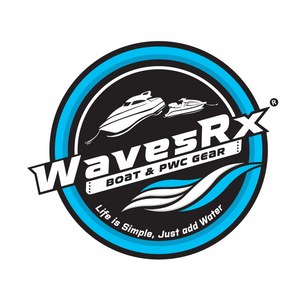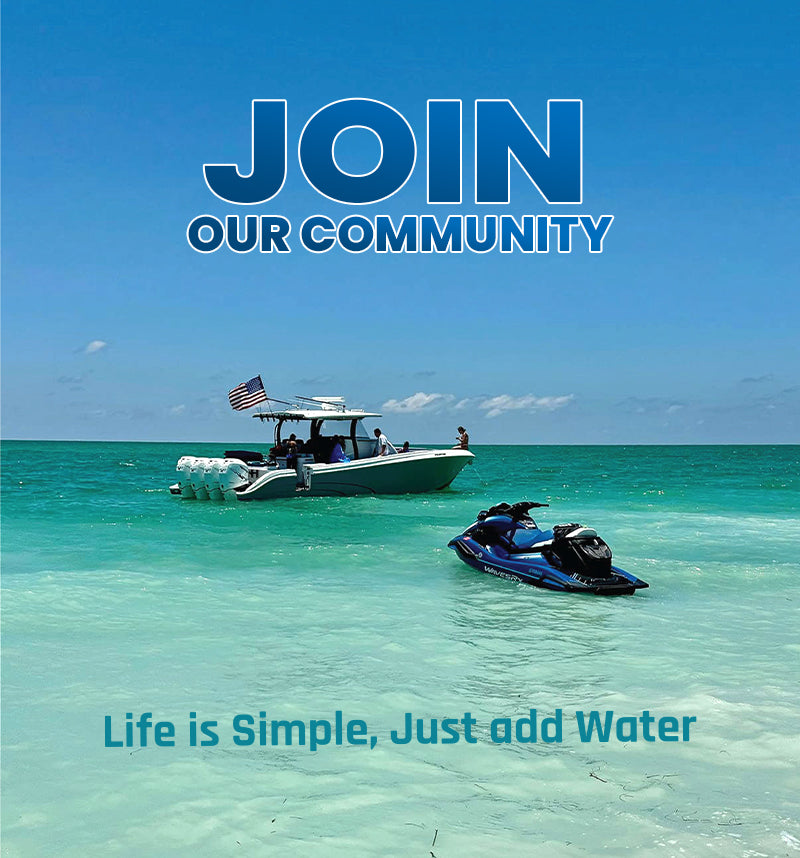What Length Boat Docking Ropes Do You Need for Tidal Areas?
Choosing the right length for boat docking ropes in tidal areas is like picking the perfect shoe size. If you get it wrong, things might not go as smoothly as planned. When you dock a boat in areas where water levels constantly rise and fall, having the right length of rope becomes pretty important. Tidal changes can make the water tough to handle, so being well-prepared makes a huge difference in ensuring your boat stays put where it's supposed to.
Tides are the invisible forces that subtly yet powerfully change the sea's rhythm. As these tides ebb and flow, your boat might be pulled in all directions, especially if it's not docked properly. That's why knowing your ropes and how to use them effectively can prevent surprises. When you learn the ropes (literally), not only does it mean safety for your boat, but it can also save you trouble down the line.
Understanding Tidal Areas
Tidal areas are fascinating yet challenging places to dock a boat. But what exactly makes these areas different? Tidal areas are parts of the coast or waterways where the water level rises and falls regularly due to the pull of the moon and the sun on Earth’s water. This rise and fall, known as tides, can vary in height depending on the location and time of year.
So, how do tides work? Think of it as a giant water ballet performed by the Earth and its celestial neighbors. The moon plays a major role, with its gravitational pull causing the water to bulge out on the side nearest to it. As the Earth rotates on its axis, different parts of the planet experience these bulges, leading to high and low tides. This means that every day, the amount of water present in tidal areas changes significantly, creating an ongoing challenge for boaters.
Why does this matter when docking your boat? As tides rise, the water lifts your boat, and as tides fall, it gently lowers it. If your docking ropes are too short or not flexible enough, they could become too tight and possibly snap. On the other hand, ropes that are too long might let the boat drift too far from the dock. Without considering the tide, you could come back to find your boat bumping against the dock or even worse, floating away. Understanding these tidal changes helps inform decisions about rope length, strength, and material, ensuring your boat remains stable and secured.
Factors to Consider When Choosing Boat Docking Ropes
Picking the right docking ropes involves more than just guessing a length off the top of your head. There are a few factors to keep in mind to ensure your ropes do their job effectively. One major factor is the length of the ropes. To figure out the right length, you'll need to take the tidal range into account. This range is the difference between the highest and lowest tides in a particular area. If you're docking in a spot with a wide tidal range, opt for longer ropes that will accommodate the significant change in water levels.
In addition to length, the strength and material of the ropes are key. Ropes come in different materials, each with its own characteristics and purposes. In tidal areas, synthetic fibers like nylon or polyester do well because they're durable and resist damage from saltwater, which can be rough on natural fibers. These materials also provide high strength, ensuring they can withstand the pressure that tides exert on the boat.
Lastly, consider the flexibility and stretch of the ropes. Ropes that are too stiff might not allow any give when the tides move the boat. Ideally, you want ropes that can stretch a bit without losing their strength. This flexibility can help absorb sudden pulls caused by rising tides or strong winds, reducing strain on the ropes themselves and the boat's cleats.
Step-by-Step Guide to Selecting the Right Docking Rope Length
Finding the right length of docking rope doesn't need to feel like rocket science. Simply follow these steps to get it right:
1. Measure your boat: Start by measuring your boat's length and width. This will help you understand how much rope is needed on either side to properly secure your boat to the dock.
2. Calculate the tidal range: Find out the maximum and minimum tide levels in your docking area. This information is often available through local tide charts or online resources. Knowing the full range will help determine how much additional length you may need to account for tide changes.
3. Determine ideal rope length: Once you have your boat's measurements and the tidal range, you can calculate your ideal rope length. A good rule of thumb is to have docking ropes that are at least as long as your boat, with extra length added to accommodate for maximum high tide.
Tips for Maintaining Boat Docking Ropes in Tidal Areas
Even the best docking ropes need a little TLC to keep them in top shape. By following a few simple maintenance tips, you can ensure your ropes are ready whenever you need them.
- Regular inspection: Frequently check your ropes for any signs of wear or fraying. Damaged ropes are much more likely to fail, especially under the stress of tidal changes.
- Proper storage: When not in use, store your ropes in a dry, shaded area. Sunlight and moisture can degrade rope materials over time, reducing strength and flexibility.
- Cleaning and care: Rinse your ropes with fresh water after use, particularly if they've been exposed to saltwater. Salt and dirt build-up can weaken the fibers, so a regular rinse can keep them clean and strong.
Stay Safe and Secure with the Right Docking Rope
Ensuring that your boat is safely docked should be a top priority for any boater, especially in tidal areas. By choosing the right docking rope length, material, and maintenance routine, you can protect both your vessel and your peace of mind. Look at your unique docking needs and use these tips to make informed decisions about your ropes. With the right preparation, your time on the water can remain smooth sailing no matter how the tides turn.
For a seamless boating experience in tidal areas, don't forget that selecting the right tools makes all the difference. At WavesRx, we provide top-grade equipment to ensure your boat stays exactly where you left it, regardless of shifting tides. For more information on how to choose the perfect boat docking ropes for your needs, check out our collection today and sail with confidence.


